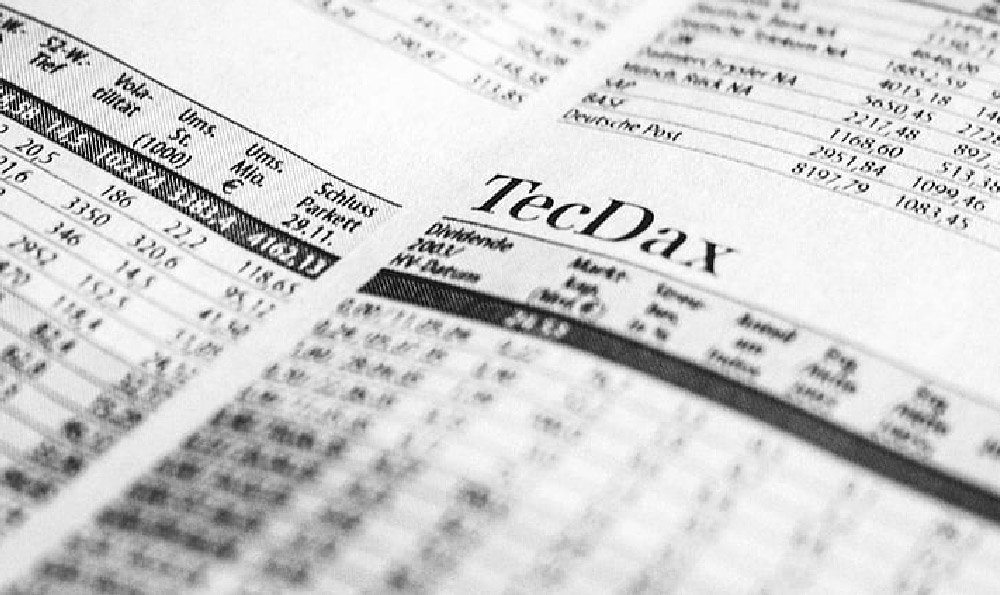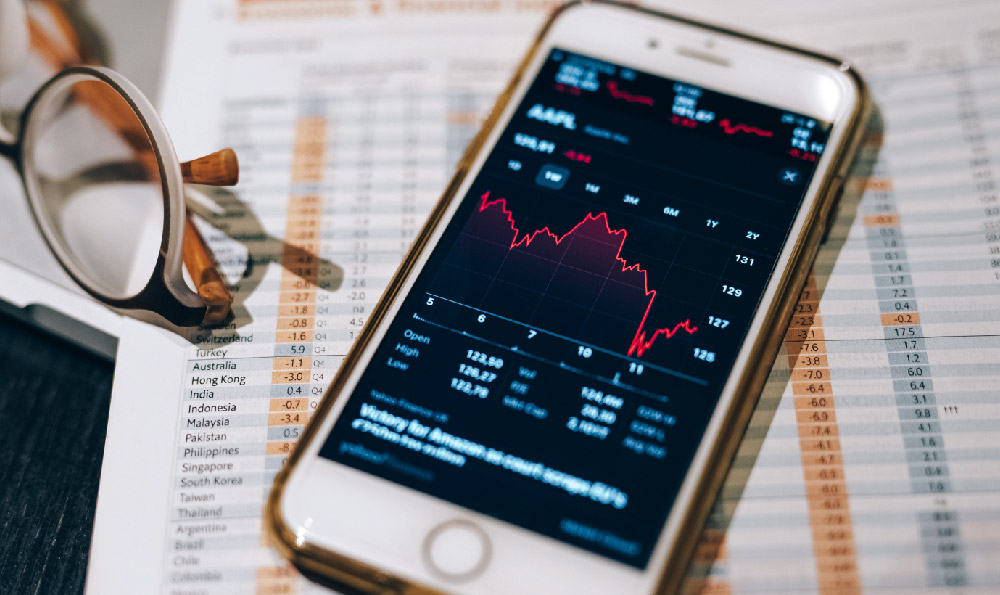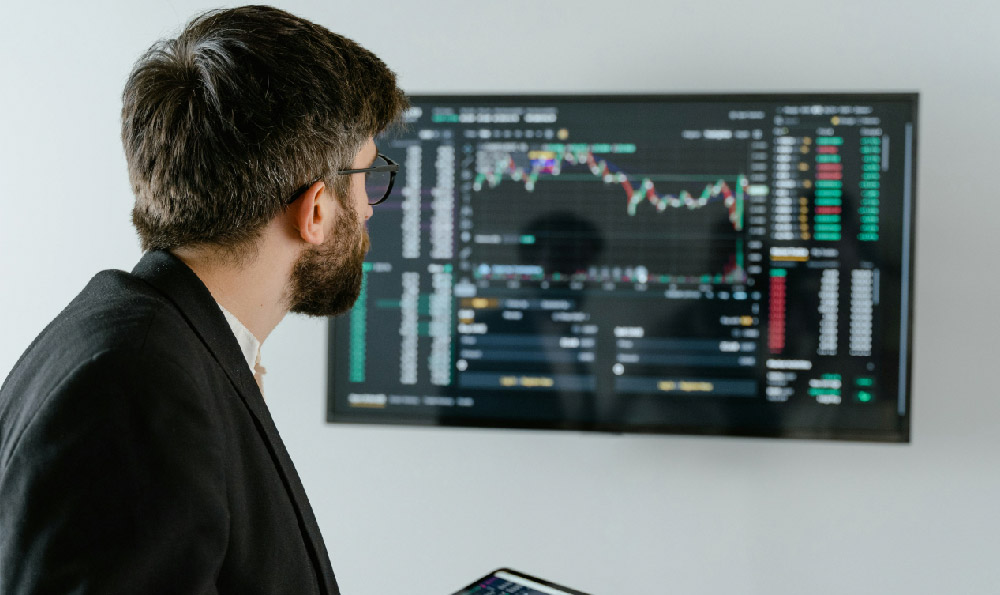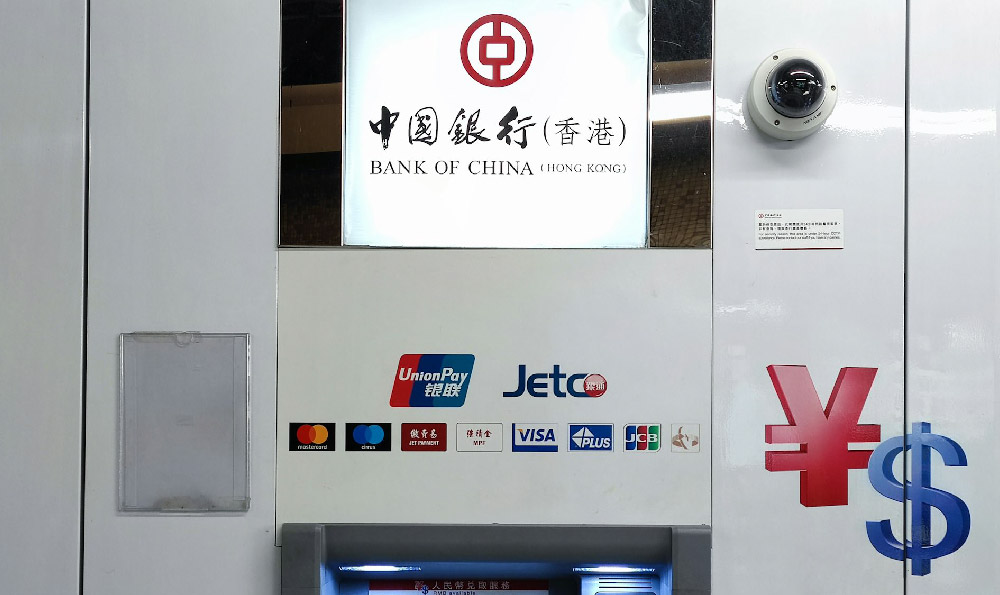Understanding the concept of high-yield cryptocurrency certificates is crucial for investors seeking to maximize returns while navigating the volatile crypto market. While traditional financial instruments like bonds or certificates of deposit (CDs) offer predictable returns, the cryptocurrency landscape introduces unique opportunities and risks. These certificates often refer to structured products or investment vehicles tied to digital assets, such as staking rewards, synthetic assets, or hybrid financial instruments designed to provide higher income potential. To evaluate their viability, it's essential to analyze the underlying mechanics, market trends, and long-term implications of such offerings.
The allure of high-yield certificates stems from their potential to generate returns that outpace traditional investments. However, this comes with a caveat: the crypto market is notoriously unpredictable. For example, staking certificates may promise annualized returns of 5-10% on blockchain platforms like Ethereum or Solana, but this often requires locking up funds for extended periods. Moreover, the value of the staked asset can fluctuate significantly, turning a fixed income stream into a variable one. Synthetic assets, on the other hand, replicate the performance of traditional securities or commodities, but their creation involves complex derivatives and counterparty risks. Investors must scrutinize the issuance mechanism, liquidity, and potential for profit versus loss.
Key factors to consider when evaluating high-yield certificates include the underlying asset's fundamentals, the project's credibility, and the structural design of the product. For instance, a certificate backed by a well-established blockchain protocol with a strong community and active development is more likely to sustain long-term value than one tied to a fledgling project. Market trends also play a vital role—neural networks and AI-driven tools can identify patterns in trading volumes, price movements, and network activity to predict the performance of derivatives or structured products. However, these predictions are not foolproof, as external factors like regulatory changes or macroeconomic shifts can disrupt even the most promising opportunities.
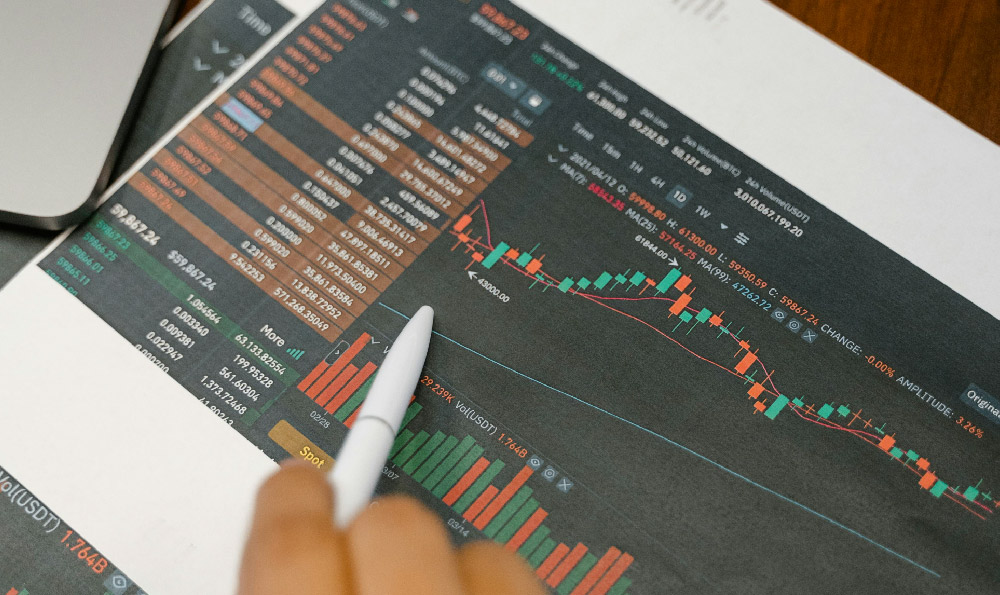
High-yield certificates often function as a hybrid of income generation and risk mitigation. Take the example of yield-bearing NFTs, which have emerged as a novel approach to combining digital assets with passive income. These NFTs may offer staking rewards or royalty shares, but their value is contingent on the NFT's market demand and the utility of its associated blockchain. Alternatively, tokens that combine staking with governance rights can provide dual benefits, allowing investors to earn income while influencing the direction of a project. However, this also means that the success of such certificates is tied to the project's ability to deliver on its promises, which can be unpredictable in the crypto ecosystem.
To identify top certificates for maximum income, investors should prioritize projects with transparent financial models and proven track records. For example, decentralized finance (DeFi) platforms like Aave or Compound offer liquidity pools where users can earn interest by depositing crypto assets. These platforms have demonstrated resilience in various market conditions, though they are not immune to risks like smart contract vulnerabilities or algorithmic errors. Additionally, tokenized assets that mimic real-world securities, such as gold or real estate, can provide a hedge against market volatility. However, the integration of traditional assets into the crypto space requires careful consideration of custody solutions and regulatory compliance.
Risk management is paramount when dealing with high-yield certificates. A diversified portfolio is a fundamental strategy—investing in multiple certificates across different sectors or protocols can reduce exposure to any single asset's volatility. For example, allocating funds to both staking certificates and synthetic assets can create a balanced income stream while spreading risk. Furthermore, investors should monitor macroeconomic indicators that influence the crypto market, such as interest rates, inflation, and geopolitical events. A sudden increase in interest rates could reduce demand for yield-bearing assets, thereby impacting returns.
Another critical aspect is the significance of long-term perspective. High-yield certificates often require sustained interest over time, which means that patience and strategic planning are essential. For example, while a short-term staking reward might provide immediate income, the long-term growth of the underlying asset could offer exponential returns. Investors should evaluate the timeframe of their goals and choose certificates that align with their investment horizon. Additionally, the compounding effect of reinvesting earnings can amplify returns, but this also requires a deep understanding of the compounding mechanisms involved.
Lastly, the secrecy of high-yield certificates lies in their potential to offer returns that are decoupled from traditional financial markets. However, this decoupling also means that investors must be vigilant about the underlying risks. For example, some certificates may require users to lock up funds for extended periods, leading to liquidity constraints if the market turns against them. Moreover, the emergence of new certificates often accompanies innovation, but this can also introduce untested risks. Investors should conduct thorough due diligence, consulting financial experts and analyzing whitepapers to ensure they understand the intricacies of each product.
In conclusion, while high-yield certificates can provide attractive returns, their success depends on a combination of factors including market trends, product structure, and investor discipline. By prioritizing credible projects, adopting a diversified approach, and maintaining a long-term perspective, investors can navigate the complexities of the crypto market and make informed decisions. However, the journey requires continuous learning, adaptability, and a steadfast commitment to risk management to ensure sustainable growth.


